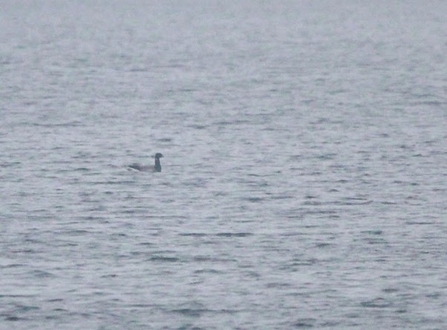
The first brent goose for over two years was wary
Photo credit: @Chris_Farthing
Woodcock are an expected March migrant
Photo credit: @Elliott1758817

The first brent goose for over two years was wary
Photo credit: @Chris_Farthing
The first brent goose since November 2021 was found by CF on Lockwood on the 11th. Typically after such a long gap, a group of three - perhaps the same birds with a bad sense of direction - were twice seen going south next day. The Lea Valley flock of barnacle geese continued to visit the Wetlands to roost, particularly early in the month, and by the end up to three pairs appeared to be in residence including last year's successful breeders.
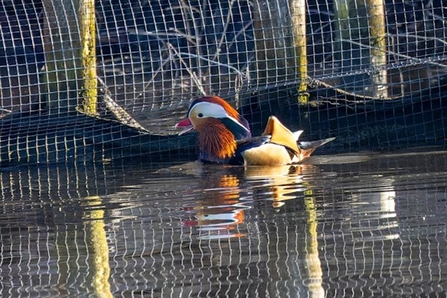
Drake mandarins were seen three times this month
Photo credit: @MLP
Mandarin is usually just about annual at the Wetlands so to have three separate sightings in one month is exceptional. The first, a male, was found by CF on the 4th which was followed by records on the 16th and 29th. As usual, their appearances were brief despite the seemingly excellent habitat. shoveler numbers gradually fell during the month although there were still seven on the 19th. A female wigeon was seen on the 16th & 17th with a pair on the 21st.
Wigeon, unlike last winter, have been regular visitors
Photo credit: @IvorHewstone
Four goldeneye were still on the reservoirs on the 11th with the final record on the 24th, six days earlier than last year,. There was a little flurry of goosander records mid-month with two on the 8th & 17th before the last on the 18th, exactly the same date as in 2023. The escaped maccoa duck continued on West Warwick all month.
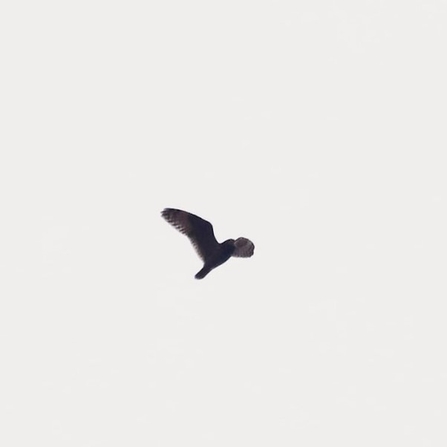
Short-eared owl passing high over Lockwood
Photo credit: @HarringayBirder
As usual, March was a good month for passing large raptors. Single red kites were seen on the 9th and 28th with two on the 24th. There were also three buzzards on both the 16th and 30th with two on the 18th. The first short-eared owl of the year was photographed high over Lockwood by HB on the 14th.
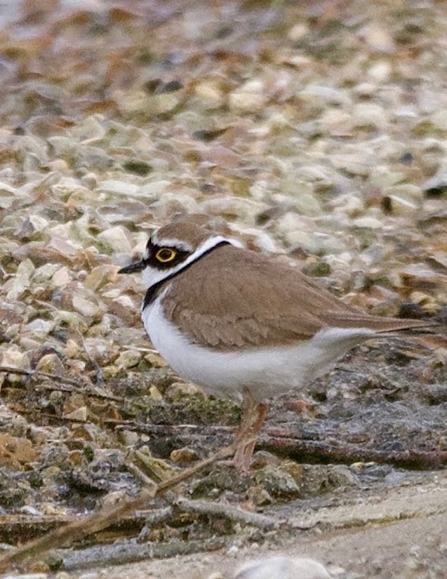
Little ringed plover turned up as seen
Photo credit: @HarringayBirder
Six species of wader were seen with the first little ringed plover found on Lockwood on the 24th, four days later than last year, while a dunlin was seen on the 11th. March is perhaps the most regular month for woodcock sightings with SD having the first - and perhaps only - record of the year flying over Lockwood to Tottenham Marshes on the 16th.
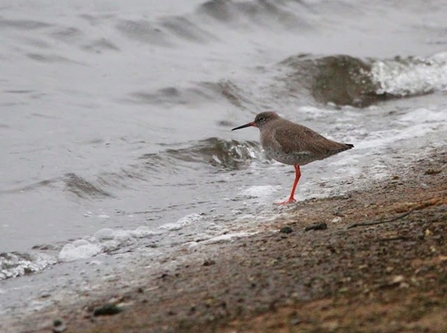
Three redshank were seen this month
Photo credit: @Chris_Farthing
Common snipe were regularly seen in the East Warwick island until mid-month with a peak count of five on the 11th and the last sighting on the 20th The tree-loving common sandpiper stayed on High Maynard into April. Single redshank were seen on the 11th, 17th and 29th.
Caspian gulls continued to be recorded with 1Ws on the 18th and 24th on the north side. The first common tern of the year - and probably the first in London - spent the morning feeding on Lockwood on the 29th. Passing birds are not usually seen until early April with our breeding birds arriving - hopefully - later in the month.
An early common tern spent the morning on Lockwood
Photo credit: @sjnewton
March sees the changing of seasons with passerines as well as ducks. It hasn't been a bumper year for winter thrushes but the last fieldfare hung on to at least the 25th with a late redwing still here on the 22nd. The final sighting of stonechat after the February passage was on the 13th while skylarks flew over on the 4th and 24th.
As they moved out the summer visitors began to arrive. Sand martins and wheatears, the traditional early arrivals, were slightly later than usual. The first Sand Martins were not seen until the 17th - six days later than last year - but numbers quickly built up with 50 feeding over West Warwick on the 19th. DDL found the first Wheatear - one of the milestones of the birding year - on the 16th, two days later than last year. But this was followed by more regular sightings than is often the case including two on the 19th and three on the 22nd.
In contrast willow warblers appeared in London and at the Wetlands ahead of schedule this year. BW heard the first on the 19th, nine days earlier than last year and, while numbers remained low, five were heard singing from Lockwood on the 30th. Among the chiffchaffs caught during a ringing session on the 3rd was a bird rung in France.
But the unexpected visitor of the month and year so far was the nuthatch seen by SH on the 19th. While they nest not too far away, they are absent from almost all the regulars Wetlands' list with no confirmed record for years. Unfortunately, after a brief showing with a mixed flock, it disappeared towards the No 2 island and has not been seen again.
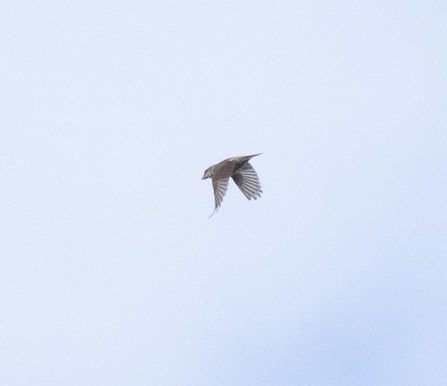
The first crossbills for years were seen over East Warwick
Photo credit: @Elliott1758817
Almost as unusual were the five crossbill seen - and amazingly photographed - by SD over East Warwick on the 24th. The last record even on the wider patch was four years ago over Walthamstow Marsh. They again fail to appear on most patch lists.
In contrast, siskin were once regular winter visitors to the alders on the Wetlands but in recent years records have largely been restricted to migrant flyovers. So the very approachable flock found by AR on the 3rd were a particular delight. At least 34 were counted on the 11th with one still present on the 30th.
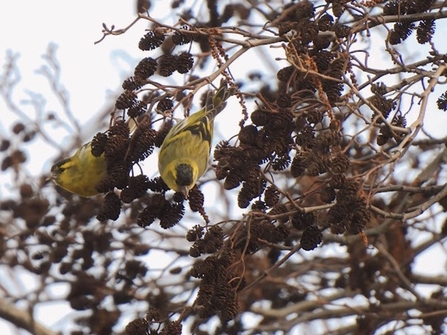
A siskin flock graced the Wetlands for much of the month
Photo credit: @rom_london
DB @porthkillier